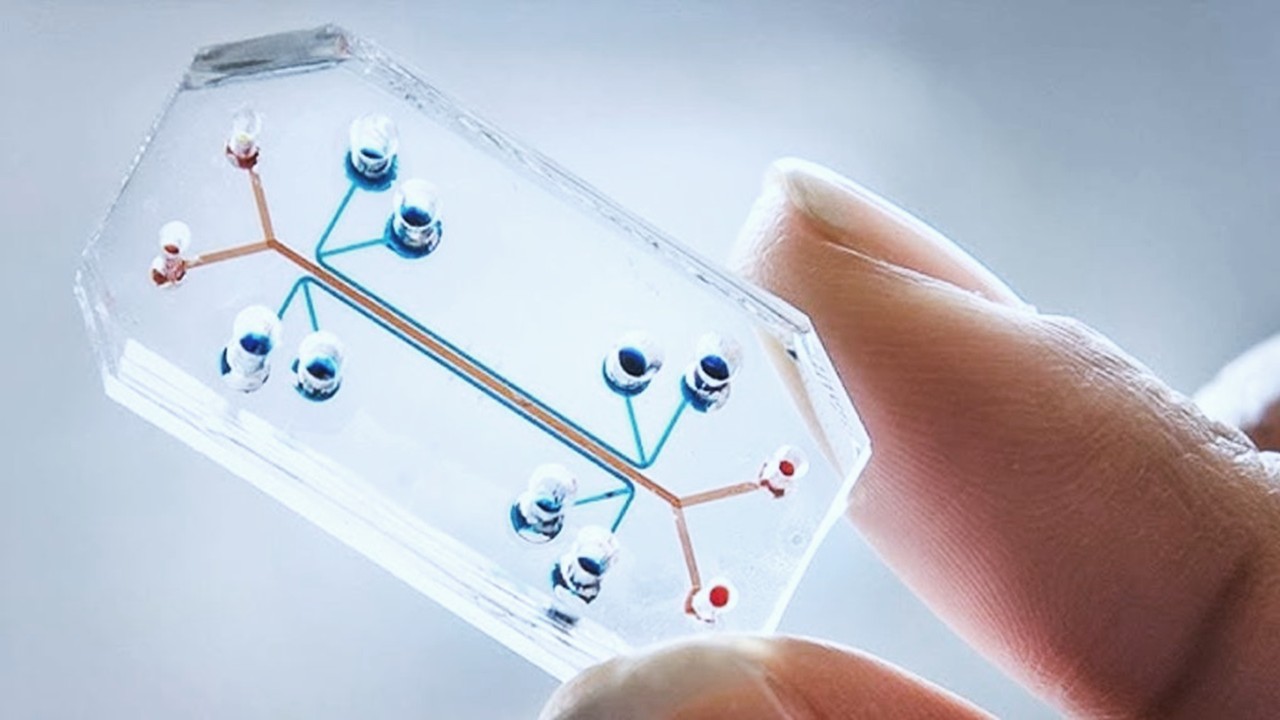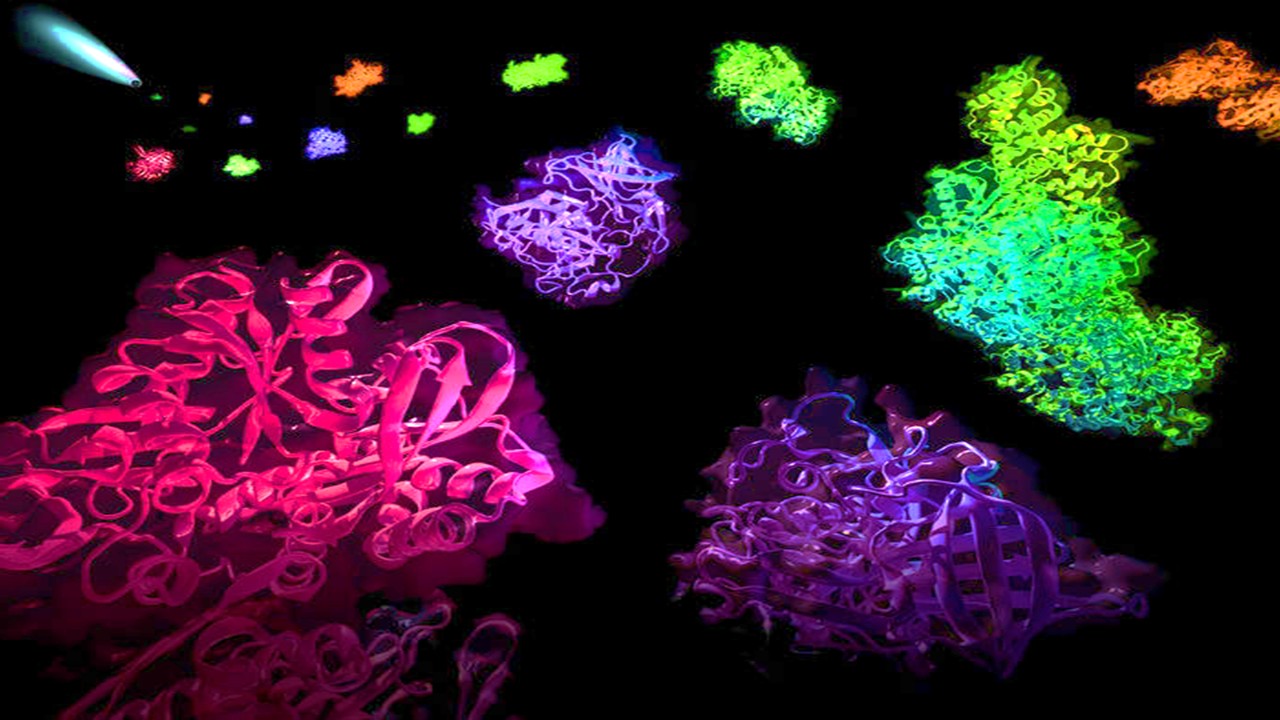Unlocking the Complexity of Cancer Therapy Failure
Cancer continues to be a leading cause of mortality worldwide despite significant advances in treatment options, including chemotherapy, radiotherapy, and targeted therapies. The primary challenge in cancer therapy remains drug resistance, a phenomenon that limits the effectiveness of treatments and leads to disease progression and recurrence. Studies show that osteopontin (OPN), a multifunctional glycoprotein, plays a pivotal role in this resistance. Widely expressed across multiple cancer types, OPN influences critical processes such as autophagy, energy metabolism, apoptosis, and drug efflux. By understanding the molecular mechanisms through which OPN drives therapy resistance, researchers hope to identify novel therapeutic strategies and biomarkers to improve cancer outcomes.
Drug resistance is not only a clinical hurdle but a complex molecular phenomenon where cancer cells adopt various mechanisms to evade treatment. OPN, also referred to as secreted phosphoprotein 1 (SPP1), is overexpressed in numerous malignancies, correlating with poor treatment outcomes. Its expression has been linked to aggressive tumor phenotypes and decreased sensitivity to chemotherapeutic and radiotherapeutic regimens. As a regulatory molecule, OPN interacts with key cellular pathways and microenvironmental factors, contributing to a dynamic and adaptable cancer phenotype.
This article explores the multifaceted roles of OPN in cancer drug resistance, focusing on its involvement in autophagy, drug efflux, metabolic reprogramming, epithelial-to-mesenchymal transition (EMT), and its activation of critical signaling pathways. By delving into the molecular intricacies of OPN, we aim to shed light on its potential as a biomarker and therapeutic target.
OPN and Autophagy: Fueling Survival in Tumor Cells
Autophagy is a tightly regulated process that enables cells to degrade and recycle damaged components. While autophagy is a survival mechanism under normal physiological conditions, cancer cells exploit it to evade therapy-induced stress. OPN has emerged as a key regulator of autophagy in various malignancies, enabling tumor cells to adapt to and survive therapeutic pressures. For example, in hepatocellular carcinoma (HCC), OPN interacts with integrin αvβ3 to sustain Forkhead box O3 (FoxO3a) stability, thereby inducing autophagy and promoting resistance to cisplatin and epirubicin. This interaction underscores OPN’s ability to modulate cellular responses to chemotherapeutic agents.
In pancreatic cancer, OPN-driven activation of nuclear factor-kappa B (NF-κB) signaling leads to upregulation of autophagy-related genes such as LC3-II, ATG5, and ATG7. This enhanced autophagic activity shields cancer cells from the cytotoxic effects of gemcitabine, a standard treatment for pancreatic tumors. Notably, experimental models demonstrate that inhibiting OPN reduces autophagy levels, thereby increasing the sensitivity of cancer cells to therapy. These findings highlight the dual role of autophagy as both a survival mechanism and a therapeutic target.
Beyond chemotherapy, OPN also influences radiotherapy outcomes. Elevated OPN levels correlate with tumor recovery following radiation, as autophagy is induced to mitigate radiation-induced damage. Conversely, OPN knockdown sensitizes tumor cells to radiotherapy by disrupting this adaptive response. These observations position OPN as a crucial mediator of therapy resistance through autophagy regulation, presenting an opportunity for targeted therapeutic intervention.
Drug Efflux: OPN’s Role in Multidrug Resistance
Cancer cells employ drug efflux mechanisms to pump out therapeutic agents, rendering treatments ineffective. The ATP-binding cassette (ABC) transporter family plays a significant role in this process, and OPN has been shown to upregulate key transporters like P-glycoprotein (P-gp) and ABCG2, facilitating multidrug resistance (MDR). In prostate cancer, OPN binds to integrin αvβ3, activating focal adhesion kinase (FAK) and upregulating P-gp expression. This cascade enables cancer cells to expel drugs like daunorubicin, reducing their cytotoxicity and promoting tumor survival.
Melanoma cells also exploit OPN-mediated mechanisms to enhance drug efflux. Stromal OPN drives ABCG2 expression through the ERK signaling pathway, enriching the side population (SP) phenotype—cells with high efflux capacity and metastatic potential. These SP cells are particularly resistant to drugs like mitoxantrone, contributing to the aggressive nature of melanoma. Importantly, studies in murine models show that knocking down OPN reduces ABC transporter expression and improves therapeutic efficacy, underscoring the potential of targeting OPN in overcoming MDR.
Interestingly, OPN-induced drug efflux is not limited to specific cancers but is a common resistance mechanism across malignancies. By enhancing the activity of ABC transporters, OPN enables tumors to evade a wide range of therapies, from cytotoxic drugs to targeted treatments. This universality highlights the importance of further research into OPN inhibitors as a strategy to combat MDR and improve clinical outcomes.
Epigenetic Regulation: OPN’s Role in Reprogramming Tumor Cells
Epigenetic modifications—heritable changes in gene expression without alterations in the DNA sequence—are critical in cancer progression and therapy resistance. OPN significantly influences the epigenetic landscape of cancer cells, promoting drug resistance through mechanisms such as DNA methylation and noncoding RNA regulation. For example, in HCC, OPN interacts with DNA methyltransferase 1 (DNMT1), leading to hypermethylation of tumor suppressor genes and enhanced resistance to chemotherapeutic agents.
Noncoding RNAs, particularly microRNAs (miRNAs), also mediate OPN-driven resistance. In breast cancer, miR-181c targets OPN, and its downregulation correlates with increased resistance to Adriamycin. Restoring miR-181c levels reduces OPN expression, sensitizing resistant cancer cells to therapy. Similarly, in cervical cancer, miR-181a inhibits OPN expression in cisplatin-resistant cells, promoting apoptosis and reducing proliferation.
These findings highlight the interplay between OPN and epigenetic regulators in shaping cancer cell behavior. By targeting OPN-mediated epigenetic pathways, researchers can potentially develop strategies to reverse resistance and restore therapy efficacy. However, the complexity of these interactions warrants further investigation to translate these findings into clinical applications.
Epithelial-to-Mesenchymal Transition: OPN as a Master Regulator
Epithelial-to-mesenchymal transition (EMT) is a cellular process where epithelial cells acquire mesenchymal characteristics, enhancing their migratory and invasive capabilities. EMT is a hallmark of cancer progression and resistance, and OPN plays a central role in its regulation. In breast cancer, OPN activates the Hedgehog signaling pathway, upregulating mesenchymal markers like N-cadherin and vimentin while downregulating epithelial markers like E-cadherin. This phenotypic shift not only promotes metastasis but also enhances resistance to drugs such as doxorubicin and paclitaxel.
In NSCLC, OPN overexpression induces EMT through the PI3K/Akt and MAPK pathways, conferring resistance to EGFR inhibitors like afatinib. Experimental studies demonstrate that silencing OPN reverses EMT, restoring drug sensitivity and reducing tumor aggressiveness. These findings underscore the potential of targeting OPN to disrupt EMT and mitigate therapy resistance.
The link between OPN and EMT extends beyond individual cancers, suggesting a universal mechanism through which tumors adapt to treatment. By modulating key signaling pathways and phenotypic traits, OPN facilitates the transition to a more resistant and aggressive cancer phenotype.
OPN Alternative Splicing: Isoform-Specific Contributions to Resistance
Alternative splicing adds another layer of complexity to OPN’s role in cancer resistance. The three main OPN isoforms—OPN-a, OPN-b, and OPN-c—exhibit distinct functions and contribute differentially to drug resistance. For instance, OPN-c is upregulated in colon cancer cells exposed to 5-fluorouracil, promoting survival through stress signaling pathways. Similarly, in prostate cancer, OPN-b and OPN-c enhance resistance to docetaxel by modulating EMT and other survival mechanisms.
These isoforms not only influence resistance but also vary across tumor types, emphasizing the need for isoform-specific therapeutic strategies. Advances in splicing-targeted therapies hold promise for addressing the functional heterogeneity of OPN and its role in resistance.
Future Directions: Targeting OPN to Overcome Resistance
The intricate role of OPN in cancer resistance highlights its potential as a therapeutic target. Emerging strategies, such as OPN inhibitors and combination therapies, aim to disrupt its signaling interactions and restore treatment sensitivity. However, challenges remain in translating these findings to clinical practice, particularly in addressing tumor heterogeneity and microenvironmental influences.
To fully exploit OPN as a target, further research is needed to elucidate its isoform-specific functions, develop robust detection methods, and evaluate its role in vivo. By advancing our understanding of OPN, we can pave the way for more effective cancer therapies and improved patient outcomes.
In conclusion, osteopontin represents a cornerstone of cancer drug resistance, influencing key processes and pathways across tumor types. As research progresses, targeting OPN could redefine the landscape of cancer therapy, transforming resistance into a treatable challenge.
Study DOI: https://doi.org/10.3390/biomedicines11010197
Engr. Dex Marco Tiu Guibelondo, B.Sc. Pharm, R.Ph., B.Sc. CpE
Subscribe
to get our
LATEST NEWS
Related Posts

Medicinal Chemistry & Pharmacology
Invisible Couriers: How Lab-on-Chip Technologies Are Rewriting the Future of Disease Diagnosis
The shift from benchtop Western blots to on-chip, real-time protein detection represents more than just technical progress—it is a shift in epistemology.

Medicinal Chemistry & Pharmacology
Designing Better Sugar Stoppers: Engineering Selective α-Glucosidase Inhibitors via Fragment-Based Dynamic Chemistry
One of the most pressing challenges in anti-diabetic therapy is reducing the unpleasant and often debilitating gastrointestinal side effects that accompany α-amylase inhibition.

Medicinal Chemistry & Pharmacology
Into the Genomic Unknown: The Hunt for Drug Targets in the Human Proteome’s Blind Spots
The proteomic darkness is not empty. It is rich with uncharacterized function, latent therapeutic potential, and untapped biological narratives.

Medicinal Chemistry & Pharmacology
Aerogel Pharmaceutics Reimagined: How Chitosan-Based Aerogels and Hybrid Computational Models Are Reshaping Nasal Drug Delivery Systems
Simulating with precision and formulating with insight, the future of pharmacology becomes not just predictive but programmable, one cell at a time.
Read More Articles
Myosin’s Molecular Toggle: How Dimerization of the Globular Tail Domain Controls the Motor Function of Myo5a
Myo5a exists in either an inhibited, triangulated rest or an extended, motile activation, each conformation dictated by the interplay between the GTD and its surroundings.












